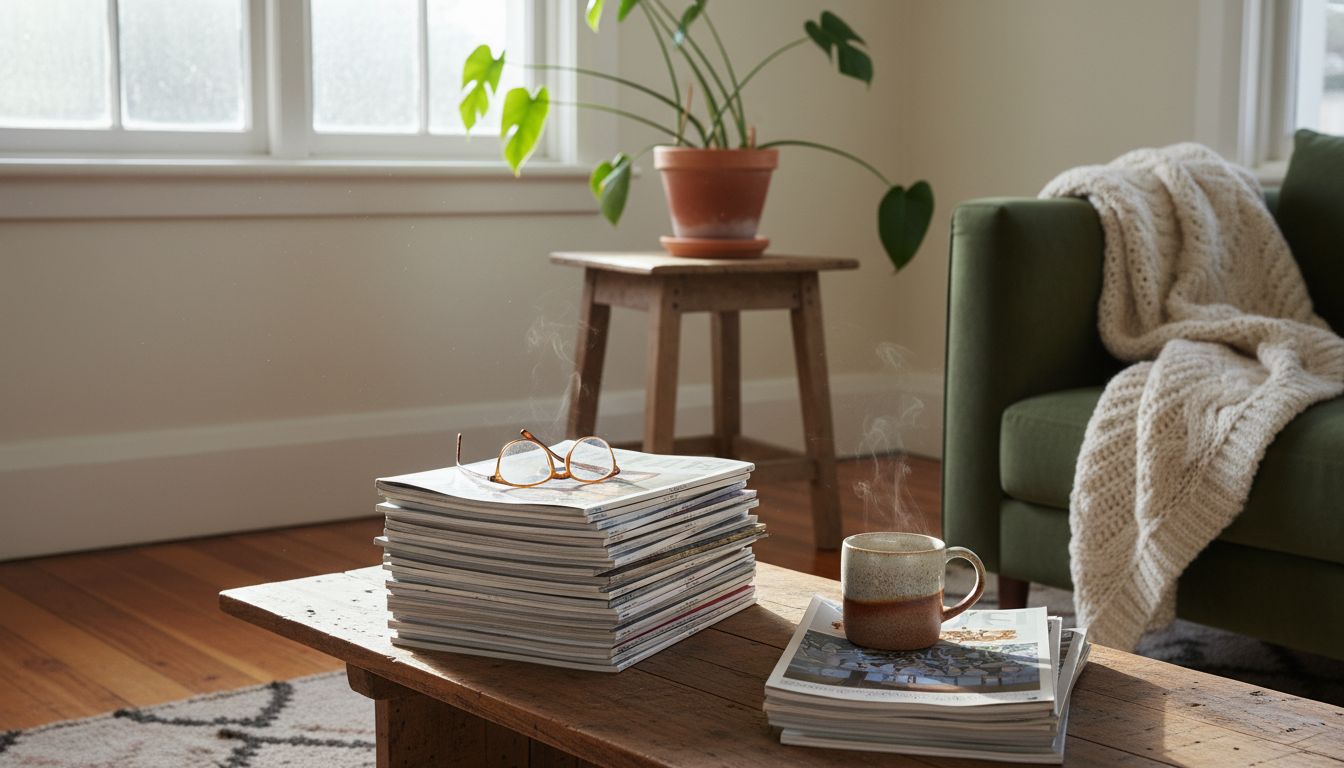Why Everyone’s Starting a Niche Magazine and You Probably Should Too

It started, as many obsessions do, on Trade Me. I spotted a 1989 issue of a defunct Auckland cycling magazine and bought it on a whim. The paper stock was thin, the layout clunky, and yet each article had a weird gravitational pull. This wasn’t just cycling. It was poetry, politics, personal ads, and extremely detailed gear reviews. It made me realise something: niche magazines are back. And they’re quietly rewriting the playbook on content marketing.
Here's the twist. These independent print mags aren’t just vanity projects for ex-journalists or artist collectives. They’re being launched by brands, design studios, and even boutique agencies who want—and get—undivided attention from their readers. A Dunedin record shop recently launched a quarterly zine that covers local gigs, rare vinyl, and long-form interviews with punk historians. It disappears off shelves in a week. A Wellington ceramics brand (yes, really) now produces a beautifully printed field guide to glazes, full of process shots and half-baked haiku. People collect it.
Unlike most branded content, niche magazines allow brands to speak slowly, weirdly, humanly. You're not begging for clicks, you're rewarding someone with a tactile experience that feels like a shared secret. What brands have finally clocked onto is this: attention isn’t dead, it’s just hiding from screens. And something wild happens when you make a reader slow down. They start to feel loyal. They forget they’re being marketed to. They Instagram your page spread.
So, if you’re a marketer, a designer, or frankly, just bored of the content treadmill, go dig around in the archives. Start small. Spend your social budget on a print run. Interview the neighbour. Write too much about your favourite kettle. Watch what happens when you show up on someone’s coffee table instead of their algorithm.
Here's the twist. These independent print mags aren’t just vanity projects for ex-journalists or artist collectives. They’re being launched by brands, design studios, and even boutique agencies who want—and get—undivided attention from their readers. A Dunedin record shop recently launched a quarterly zine that covers local gigs, rare vinyl, and long-form interviews with punk historians. It disappears off shelves in a week. A Wellington ceramics brand (yes, really) now produces a beautifully printed field guide to glazes, full of process shots and half-baked haiku. People collect it.
Unlike most branded content, niche magazines allow brands to speak slowly, weirdly, humanly. You're not begging for clicks, you're rewarding someone with a tactile experience that feels like a shared secret. What brands have finally clocked onto is this: attention isn’t dead, it’s just hiding from screens. And something wild happens when you make a reader slow down. They start to feel loyal. They forget they’re being marketed to. They Instagram your page spread.
So, if you’re a marketer, a designer, or frankly, just bored of the content treadmill, go dig around in the archives. Start small. Spend your social budget on a print run. Interview the neighbour. Write too much about your favourite kettle. Watch what happens when you show up on someone’s coffee table instead of their algorithm.